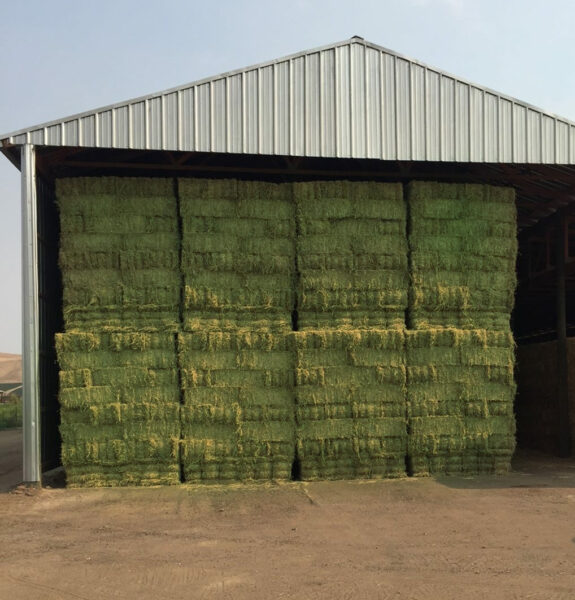Frequently Asked Questions
Q: How Much Does a Bale of Hay Weigh?
A: When it comes to the world of agriculture and livestock management, the weight of a bale of hay is a critical factor that often goes overlooked. Understanding bale weight is essential for logistical purposes, transportation, and ensuring your animals receive the right amount of nutrition.
The weight of a hay bale can vary considerably depending on several factors, including the type of hay, moisture content, and size of the bale.
Generally, a small square bale, commonly found in small-scale farming, weighs around 40 to 75 pounds. These bales are convenient for manual handling and feeding smaller livestock.
In contrast, large round bales or large square bales intended for commercial use can be much heavier, tipping the scales at a hefty 800 to 2,000 pounds (363 to 907 kilograms). These mammoth bales require specialized equipment for both handling and transport.
The standard-sized bales of hay Wittstrom sells are around 90 to 100 pounds, and are 3 string.
It’s important to note that moisture content significantly impacts hay bale weight. Damp hay can weigh substantially more than dry hay due to the added water weight. Therefore, it’s crucial to properly store hay to maintain its quality and minimize moisture absorption.
Hay bale weight is also contingent on the equipment employed in the harvesting process. The modern baler, equipped with sophisticated technology, can compact and tie bales with precise density control. This contrasts with traditional methods where human labor predominated, resulting in a more variable bale weight.
Being aware of all these factors is vital for efficient farm operations and ensuring your animal’s nutritional needs are met.
Worried about how to deal with a load of heavy bales? WE DELIVER!
Q: What Are the Dimensions of the Bales of Hay You Deliver?
A: The hay bale standard size varies across regions and agricultural practices, but the most common dimensions for rectangular bales are approximately 14 inches in height, 18 inches in width, and 36 inches in length. These dimensions facilitate easy stacking and handling.
Q: How Many Bales are in a Ton of Hay?
A: The standard measurement for a ton is 2,000 pounds, or approximately 907 kilograms. However, the number of bales in a ton of hay can vary significantly. For standard bales, typically weighing around 90 to 100 pounds each, you could have anywhere from 17 to 23 bales in a ton.
Q: Do You Sell Compressed or Mini Bales of Hay?
A: No, we do not.
